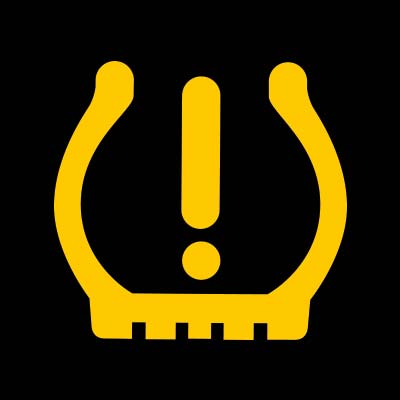dTPMS or iTPMS?
In the 1990’s, a growing number of car accidents were caused by tire failure. In response, the TREAD Act was passed in 2000. One thing that the TREAD Act (Transportation Recall Enhancement, Accountability and Documentation) did was to require certain vehicles to have a tire pressure monitoring system (TPMS). The enforcement part of the law is known as the Federal Motor Vehicle Safety Standard (FMVSS) 138.[1]
Some years later, similar discussions were initiated in Europe on UNECE level mandated by Regulation EC 661/2009, but with more focus on CO2 saving. Then, from November 2014, all newly registered passenger cars in the EU needed to be equipped with a TPMS and the regulation is now known as R141.
Both legislations have never been intended to differentiate between iTPMS and dTPMS or to discriminate one or the other – and they should not, but more about that later. This is what is usually referred to as “technology neutrality” or “performance standard”. In plain English, this simply means that a TPMS needs to fulfill a certain set of performance requirements, but its technology does not matter.
Also, both legislations were right from the start intended to be regularly reviewed to ensure that they always reflect both technical progress as well as experience with TPMS in the field.
In 2012 the US authorities carried out a study to evaluate the practical effects of the TPMS introduction by FMVSS 138. It turned out that TPMS fitment decreases the number of vehicles with severely underinflated tires by ~55%. Mission accomplished, one could say.
But they also found another phenomenon: The older the dTPMS-equipped vehicles get, the less effective the dTPMS are. Could this be caused by worn-out or broken sensors which have not been replaced for cost reasons?
Well, they are going to run another study to investigate among other things whether this is the case and whether iTPMS might be advantageous here.
No matter the result, the review of the current FMVSS 138 as mandated by the FAST act shall be based on the study results.
Similar discussions are ongoing in the EU to review the TPMS regulation R141, but unfortunately, no official study is at hand – or even planned – to check how well the current legislation is working and what exactly could further increase its effectiveness.
This is why we decided to conduct such a study on our own to put the discussions on a factual base and not only hearsay and theoretical considerations.
The thinking behind that is as follows: If TPMS in general or either type of TPMS, iTPMS or dTPMS, are more or less effective, this should become measurable if you check a sufficient number of randomly selected cars and compare the different groups with each other. All you need is to check for their tire pressures, tire temperatures, tire dimensions, load state, tire pressure recommendation and TPMS fitment (none, iTPMS or dTPMS).
In cooperation with Dunlop Tech, TÜV Nord and TÜV Süd we have already checked more than 500 cars in Sweden and Germany and will continue to do so in Southern Europe during 2017. The final results are planned to be published in September 2017.
The preliminary result is as interesting as it is no surprise to us: Both iTPMS and dTPMS equally increase the average tire pressure by about 3-4% compared to vehicles without TPMS. Or, if you analyze the data in another way, they cut the number of vehicles running on severely underinflated tires by about 50%. Which is perfectly in line with the US study from 2012.
So, what conclusions to draw?
There is no reason for a hasty review of any TPMS legislation end especially not for discriminating either of the currently common TPMS technologies. Technically, they both do the job, so simply let the customers decide what they prefer.
And before you decide which car to buy next, make sure you know which type of TPMS it has.
[1] https://summitracing.custhelp.com/app/answers/detail/a_id/4690/~/the-tread-act-%28fmvss-138%29-and-tpms
